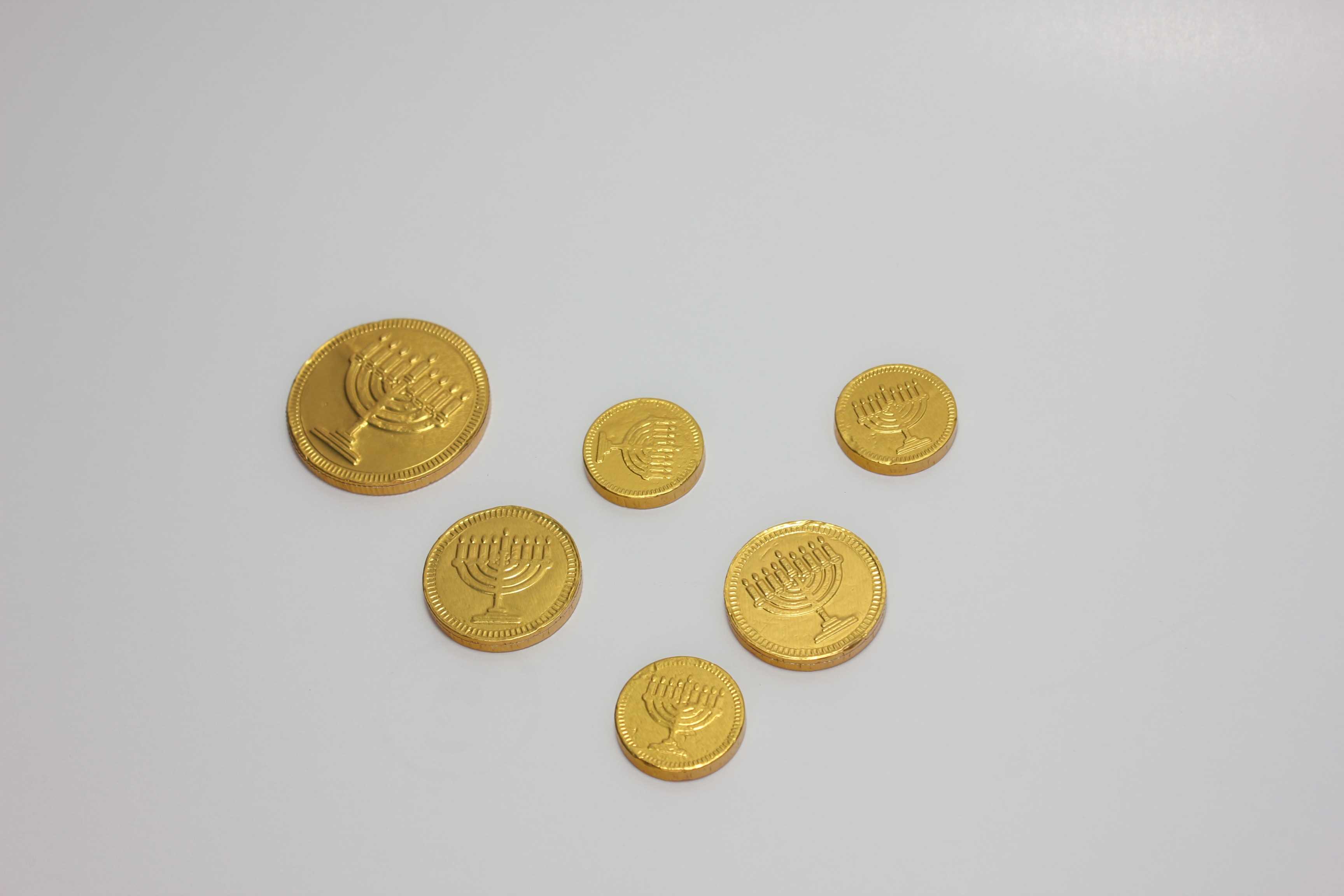How to Make Roth IRA Withdrawals Tax- and Penalty-Free
Roth IRA payments vs. revenues
Similar to a standard IRA, Roth IRAs Can I withdraw gold from a Roth IRA without penalties? can approve annual payments. The financial investments held in the Roth IRA might generate incomes and also gains over time.
The annual payment limits for IRAs in overall relate to Roth IRAs. For 2022 and 2023 these contribution restrictions are:
These payment restrictions are in total for all sorts of individual retirement account accounts. As an example, for 2023 you might contribute $3,250 each to a conventional individual retirement account as well as to a Roth IRA if you are under age 50.
You must be employed or self-employed to contribute to a Roth IRA or other IRA. You cannot exceed your annual revenue.
If you make $5,000 for the year, this is the maximum quantity that you can make as complete IRA contributions.
Cash within the Roth IRA, whether the source was straight payments, cash converted for a typical IRA or money rolled over from a workplace retirement plan like a 401( k), can be invested in points like stocks, bonds, mutual funds, ETFs and also various other sorts of financial investments. Gradually the equilibrium in the Roth IRA hopefully will expand as a result of gains in the worth of these investments plus any type of passion, dividends or funding gains that have been built up in the account. Every one of the development in the account is considered revenues.
While the worth of your contributions to a Roth IRA can be taken out tax-free at any time, the part of the account concerning gains can only be taken out without taxes and/or fines if you are qualified to make certified withdrawals from your Roth IRA.
The policies bordering the possible tax obligations and also penalties getting in touch with a Roth IRA can be complex. You could take into consideration dealing with a financial expert well-informed being used Roth IRAs. Check out WiserAdvisor or SmartAsset to discover a monetary expert that can assist.
Roth IRA earnings limits
The ability to contribute to a Roth IRA is restricted by your revenue. For the 2022 and 2023 tax obligation years, the revenue limits based on a taxpayer’s modified gross income (AGI) are:
The five-year policy
The five-year guideline is among one of the most crucial ideas relating to Roth IRAs. The five-year guideline is one of the crucial factors in determining whether a withdrawal from a Roth IRA is certified, implying that it is tax obligation and fine cost-free.
The five-year guideline begins on January 1 of the tax year in which you make your initial Roth IRA contribution. Age does not matter in satisfying the five-year rule. If your initial payment goes to age 60, then that is when the clock begins on the five-year policy for you.
There is a different five-year regulation for each and every Roth IRA conversion made. You need to wait at the very least 5 years from the year in which the conversion was made to be able to take a certified distribution of the money referring to that conversion.
For inherited Roth IRAs, the five-year guideline must be pleased by the initial account owner before their death. This is crucial in the case of Roth IRAs passed on to non-spousal beneficiaries who do not certify as eligible assigned recipients. If the five-year regulation was fulfilled by the account owner before their fatality, then the beneficiaries of an acquired Roth IRA will certainly have the ability to withdraw funds tax-free. This is vital with the start of the Secure Act in 2020.
Qualified circulations
Qualified distributions are taken without revenue tax obligations or fines. In order to be classified as a competent circulation, the list below requirements should be fulfilled according to the IRS.
The five-year rule on the account should be fulfilled and the circulation is:
Made on or after you get to age 59 1/2.
Made because of the special needs of the account owner.
Made to account beneficiaries after the death of the account holder.
Fulfills the needs under the very first residence buyer exception.
Non-qualified distributions
Non-qualified Roth IRA distributions are those that don’t satisfy the internal revenue service needs for qualified distributions. When making a non-qualified circulation from your Roth IRA you will certainly pay taxes on the part of the distribution that is alloted to profits in the account, plus a 10% penalty.
- There are exemptions that will certainly permit you to avoid the 10% penalty on non-qualified circulations.
- Taking the distributions as a collection of substantially equal distributions under the guidelines for this sort of distribution.
- To cover unreimbursed medical expenditures in excess of 7.5% of your modified gross income.
- The settlement of clinical insurance coverage premiums after losing your job.
- If the circulation is for the function of paying an internal revenue service levy.
- Circulations in connection with professional solution as an armed forces reservist.
- Distributions about a qualified calamity recuperation.
- Circulations to spend for qualified educational expenses.
- To cover up to $5,000 of the expenses of childbirth or fostering.
- Taking out under age 59 1/2.
Your account’s original installments can be withdrawn at any age without taxes or a 10% early withdrawal penalty. Withdrawals may be subject to taxes and a 10% early withdrawal penalty.
59 1/2+ withdrawal.
Roth IRA distributions are tax-free if you are above 59 1/2 and have met the five-year threshold. This covers profits and your first contributions.
If you are over 59 1/2 and have not satisfied the five-year rule, your withdrawals will usually be exhausted, but there will be no penalties.
Here is a graph summarizing the Roth IRA withdrawal policies for those that are both over as well as under age 59 1/2.
